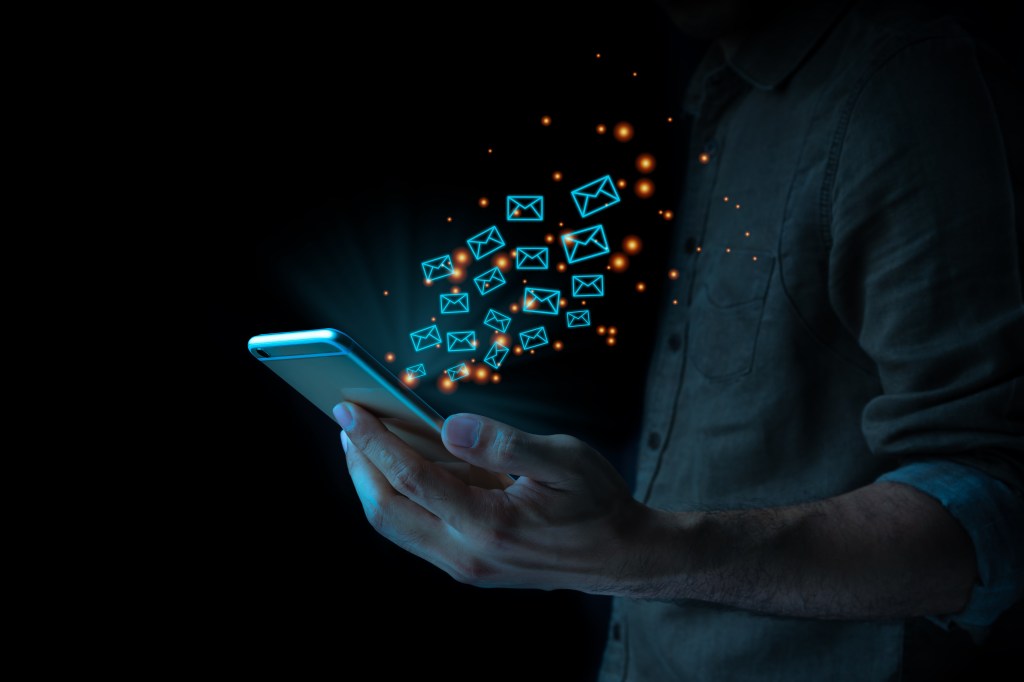What is the best behaviour for dealing with messages?

Email is the Achilles heel of my productivity. While I have mastered not succumbing to social media distractions or getting sucked in by instant message pings, I do still manage to get lost in my inbox and use it as a semi-regular form of procrastination away from my ‘real’ work.
Despite spending so much time in my inbox and attempting to be an inbox-zero person (or at least inbox 10), I find this hard to achieve. There is so much procrastination joy to be had from mindlessly roaming around in there while achieving very little (although I do manage to also feel guilty just thinking about my bad email habits). Which is probably why I felt very excited hearing about John Zeratsky’s approach to being more purposeful with his inbox.
Zeratsky used to work at Google Ventures and lead the creation of Design Sprints with Jake Knapp. Zeratsky thinks a lot about how he uses his time and, like me, he finds the temptation of his inbox hard to resist.
“I don’t check email on my phone, but I do spend most of my day at a computer, which means temptation and access to email are always at hand,” he explains. To help mitigate the temptation, he batch processes his email. He does two quick reviews in the morning and a longer session in the afternoon. He even schedules time for it in his calendar.
Research by Kostadin Kushlev and Elizabeth Dunn from the University of British Columbia found that people who checked their email three times per day were significantly less stressed than those who constantly dip in and out. So in addition to working more productively, Zeratsky is doing wonders for his wellbeing with his email batching behaviour.
Outside of scheduling time for email, Zeratsky landed on a strategy that helped him be much more focused with the time he did spend in his inbox. And this is where I got really excited.
“I assign a purpose to each email session. The first is a strategy I call ‘fishing bear’. During my morning email checks, I imagine myself as a fishing bear – standing on the bank of a river, reaching into the water to pluck out a tasty salmon here and there. I look for important and time-sensitive emails. If a message requires a quick reply, I write one. If it represents a chunk of work that needs to get done, I do it right away or put it on my calendar.”
During his fishing bear sessions, Zeratsky avoids trying to clear his inbox. This requires a different mindset. Which is where his afternoon sessions come in.
“In the afternoon, my energy is lower, my creativity is zapped, and it’s a great time for what I call ‘munching cow’. Like an energy- efficient cow chewing on grass, I methodically work my way through my inbox. Starting at the bottom, I read each message and reply, archive, or pull it out of my inbox.”
After being in munching cow mode, Zeratsky will conclude his afternoon session with a short burst of fishing bear to deal with anything time-dependent or important that arrived during the afternoon. He also doesn’t aim for inbox zero every day. Instead, he prefers to do a full clean-up once every week or two. The final part to Zeratsky’s strategy involves recognising when an email isn’t an email – when it’s actually a task that is cleverly disguised as an email (I like to imagine an email wearing a sneaky little ninja mask). And this requires a different mindset.
“Sometimes I find myself with an important email stuck at the bottom of my inbox. Because it’s important, I want to write a thoughtful response. But that takes time and focus, and my email sessions aren’t optimised for that kind of deep work. The perverse result is that the most important stuff in my inbox is the least likely to get a proper and timely response.”
For Zeratskty, examples of these types of emails include providing feedback on a video, reviewing a legal agreement, creating a proposal for a new client. Basically anything that requires a decent chunk of time and headspace.
To overcome this problem, he takes these emails out of his inbox and schedules them in his diary so that the task actually gets done. And importantly, he allocates time for getting it done when he is in the headspace for deeper thinking work.
Dr Amantha Imber is the author of Time Wise (of which this piece is an edited extract), the founder of behavioural science consultancy Inventium and the host of How I Work, a podcast about the habits and rituals of the world’s most successful people.